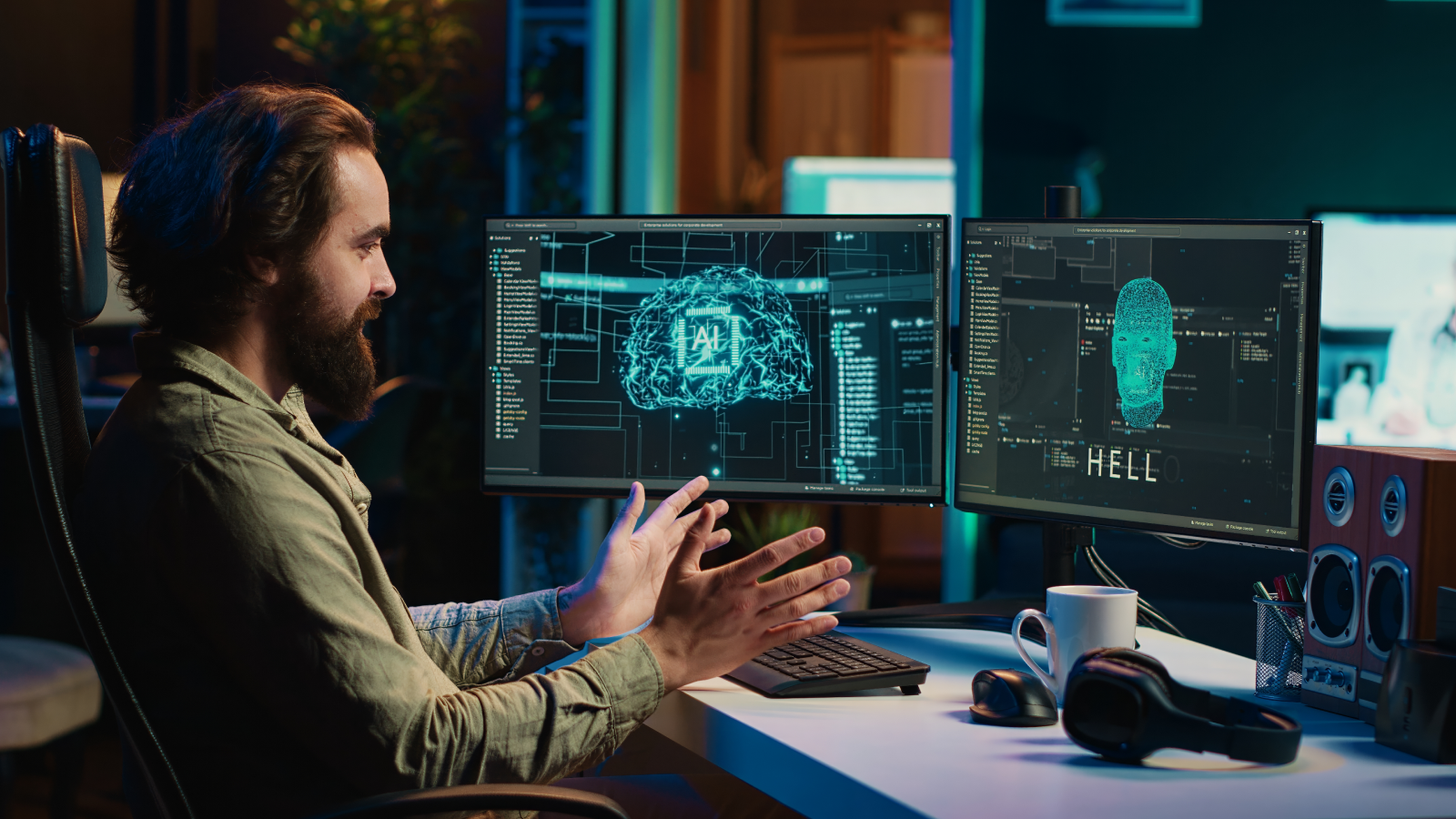
Image credit: Dragos Condrea / 500px via Getty Images
Can machines think? This question, posed by Alan Turing in 1950, sparked a debate that still shapes our understanding of artificial intelligence (AI) today. Turing’s famous “imitation game,” now known as the Turing Test, was designed to probe whether a machine could convincingly imitate human behavior. But as AI systems like GPT-4 become increasingly sophisticated, we’re forced to ask: Is the Turing Test still the gold standard for measuring machine intelligence?
The Origins of the Imitation Game
Turing’s original test was as much a philosophical thought experiment as a technical challenge. He imagined a scenario where a human judge interacts with both a person and a machine, each hidden from view, and tries to determine which is which based solely on their responses. If the judge can’t reliably tell the difference, Turing argued, the machine could be said to “think.”
But Turing also recognized the difficulty in defining what it means to think. Is intelligence about original thought, or is it enough to convincingly imitate it? This ambiguity has fueled decades of debate and inspired generations of AI researchers.
Modern AI and the Turing Test: A Moving Target
Fast forward to today, and the landscape has changed dramatically. Large language models (LLMs) like GPT-4 can generate text so convincingly human-like that, in a recent study, GPT-4 was judged to be human 54% of the time in a Turing Test-style scenario. That’s a remarkable achievement, surpassing Turing’s own prediction that by the early 2000s, a computer would only fool a human 30% of the time.
However, there’s a catch: the recent test didn’t follow Turing’s original three-player format, so purists argue that the Turing Test hasn’t truly been passed. Still, the results highlight just how far AI has come in mimicking human conversation.
The Limitations of the Turing Test
Despite its iconic status, the Turing Test has its critics. Turing himself anticipated many objections, from the idea that machines can’t feel emotions or have a sense of humor, to the argument that they can only do what they’re programmed to do. Ada Lovelace, a 19th-century mathematician, famously argued that machines can’t “originate anything.”
Modern critics point out that the Turing Test measures only imitation, not genuine understanding or consciousness. A machine might simulate empathy or wit, but does that mean it truly possesses those qualities? The test also relies heavily on the subjective judgment of the human interrogator, making it an imperfect yardstick for intelligence.
There’s also the risk of falling into the so-called “Turing trap”—focusing so much on making AI act human that we overlook its potential to augment human abilities in unique ways.
Beyond Imitation: Rethinking AI Benchmarks
As AI systems evolve, many experts believe it’s time to move beyond the Turing Test. Eleanor Watson, an AI ethics expert, notes that today’s AIs are becoming agentic—they can pursue goals, reason, and assist in scientific discovery. The real challenge, she argues, is ensuring that AI aligns with human values and intentions, not just that it can fool us in conversation.
New frameworks for evaluating AI are emerging, focusing on capabilities like reasoning, goal alignment, and the ability to enhance human agency. The future of AI assessment may lie in how well these systems complement and augment humanity, rather than how convincingly they can imitate us.
Actionable Takeaways
- Don’t be fooled by imitation: Just because an AI sounds human doesn’t mean it understands or thinks like one.
- Look for alignment: The next generation of AI benchmarks will focus on how well machines align with human goals and values.
- Embrace augmentation: The true promise of AI lies in its ability to enhance human capabilities, not just mimic them.
- Stay informed: As AI evolves, so too will the ways we measure and interact with it. Keep up with the latest research and debates.
Summary: Key Points
- The Turing Test was a groundbreaking idea, but it’s increasingly seen as outdated for modern AI.
- Today’s AI can convincingly imitate humans, but imitation isn’t the same as true intelligence.
- New benchmarks are needed to assess AI’s reasoning, goal alignment, and ability to enhance human life.
- The future of AI evaluation will focus on how well machines complement humanity, not just how well they mimic us.
- Staying informed and critical is essential as AI continues to advance and reshape our world.

